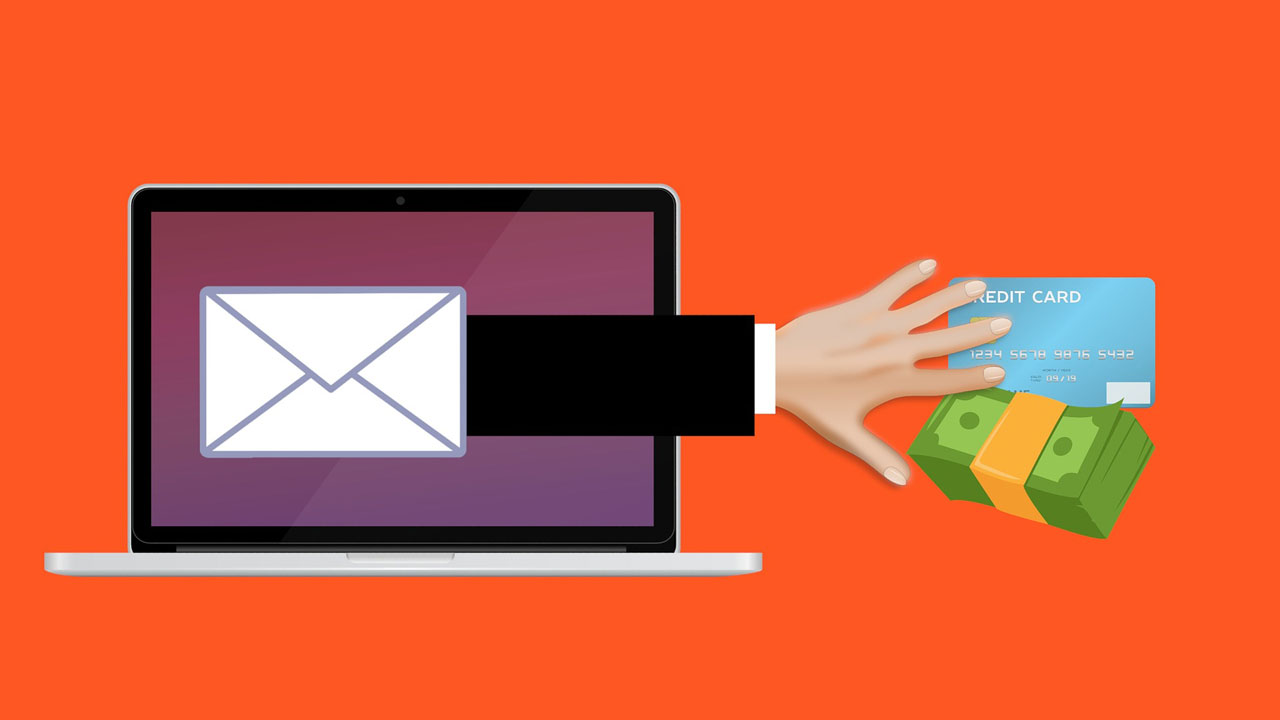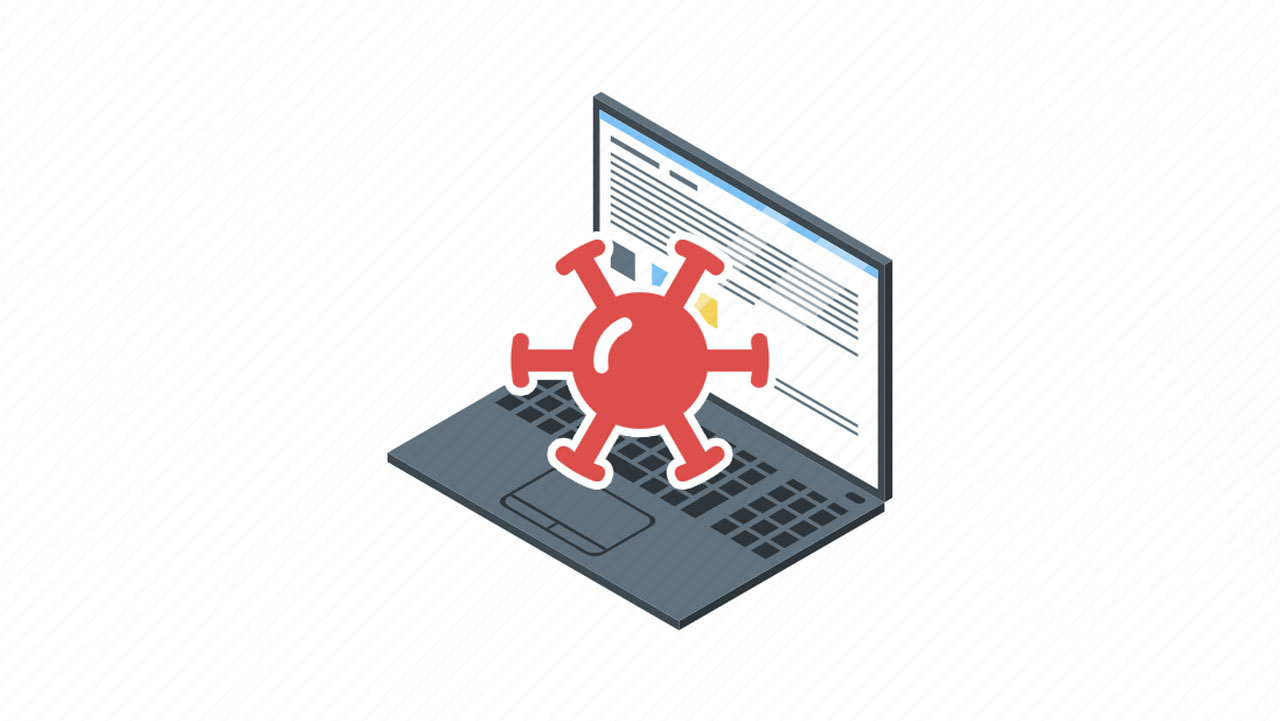Malicious programs have been a thorn in the side of computer users for as long as computers have been around. In recent years, we have seen an increase in the number of malicious programs that are designed to extend their reach into our computers and networks.
Researchers have recently discovered a new backdoor and undocumented malicious Google Chrome extension that is being used by a threat actor they call Magnat. This blog post will provide tips on how you can clean Chrome browser in order to prevent these types of attacks from happening to you.
Magnat
Magnat is a Russian-speaking cybercriminal group that is known for their use of sophisticated malware and tools to target high-profile businesses and individuals. The group has been active since at least 2013, and their targets have included banks, energy companies, and government organizations. In December of 2016, Magnat was responsible for the theft of $81 million from Bangladesh’s central bank.
The new backdoor extension that Magnat is using is called “Googless” and it allows the attackers to gain control over a victim’s computer by injecting malicious JavaScript code into the victim’s web browser. Googless is designed to evade detection by security programs and it uses a number of techniques to stay hidden, including changing its file name and icon on a daily basis. The extension is also signed with a valid Google certificate, which allows it to bypass security checks that are designed to block unsigned extensions.
Once installed, the Googless extension will contact a remote server and send information about the victim’s computer, including the operating system type and version, the hostname, and the IP address. The attackers can then use this information to target the victim with specific attacks or malware. In addition, Googless allows Magnat to inject JavaScript code into web pages that the victim visits. This allows the attackers to hijack the victim’s web browser and redirect them to malicious websites or steal sensitive information.
Malware
Malware is a general term that refers to computer software that may harm your PC in one way or another. Viruses, trojans, worms, and spyware are examples of malware. Some malware is created with the goal of deleting files or corrupting data in order to damage the system. Other malware is designed to allow someone else access to a damaged machine so they can take control of it.

Symptoms of Malware
Some common symptoms include:
- Your computer is running slower than usual: This can be caused by a number of things, but if you notice that your computer is running slower after you have installed a new program or visited a new website, it could be a sign that your computer has been infected.
- You are seeing pop-ups and/or ads that you normally don’t see: This is often a sign that your computer has been infected with adware.
- You are being redirected to websites that you don’t want to visit: This can be caused by malware that is trying to get you to visit a particular website so that it can infect your computer or steal your personal information.
- Your home page has changed without your permission: This is another sign that your computer may have been infected with malware.
If you see any of these symptoms, it is important to take action right away. The first thing you should do is run a scan of your computer with your antivirus program. If the scan finds anything, it is important to remove the malicious software immediately. In some cases, you may need to use a special removal tool that is provided by your antivirus program. In other cases, you may need to manually remove the files and registry entries that are associated with the malware.
Prevent Malicious Programs from Installing Themselves
The best way to prevent malicious programs from installing themselves on your computer is to be careful about the websites you visit and the programs you download. Only visit websites that you trust, and only download programs from reputable sources. If you are unsure about whether or not a website or program.
When you’ve removed the malware from your computer, it’s vital to take precautions to avoid getting it again. One of the most effective methods to accomplish this is to keep your software up to date. This includes both your operating system and any programs that you have installed. You should install any new updates as soon as possible once they are published. You should also be cautious about the websites you visit and the email attachments that you open in addition to keeping your software up to date.
